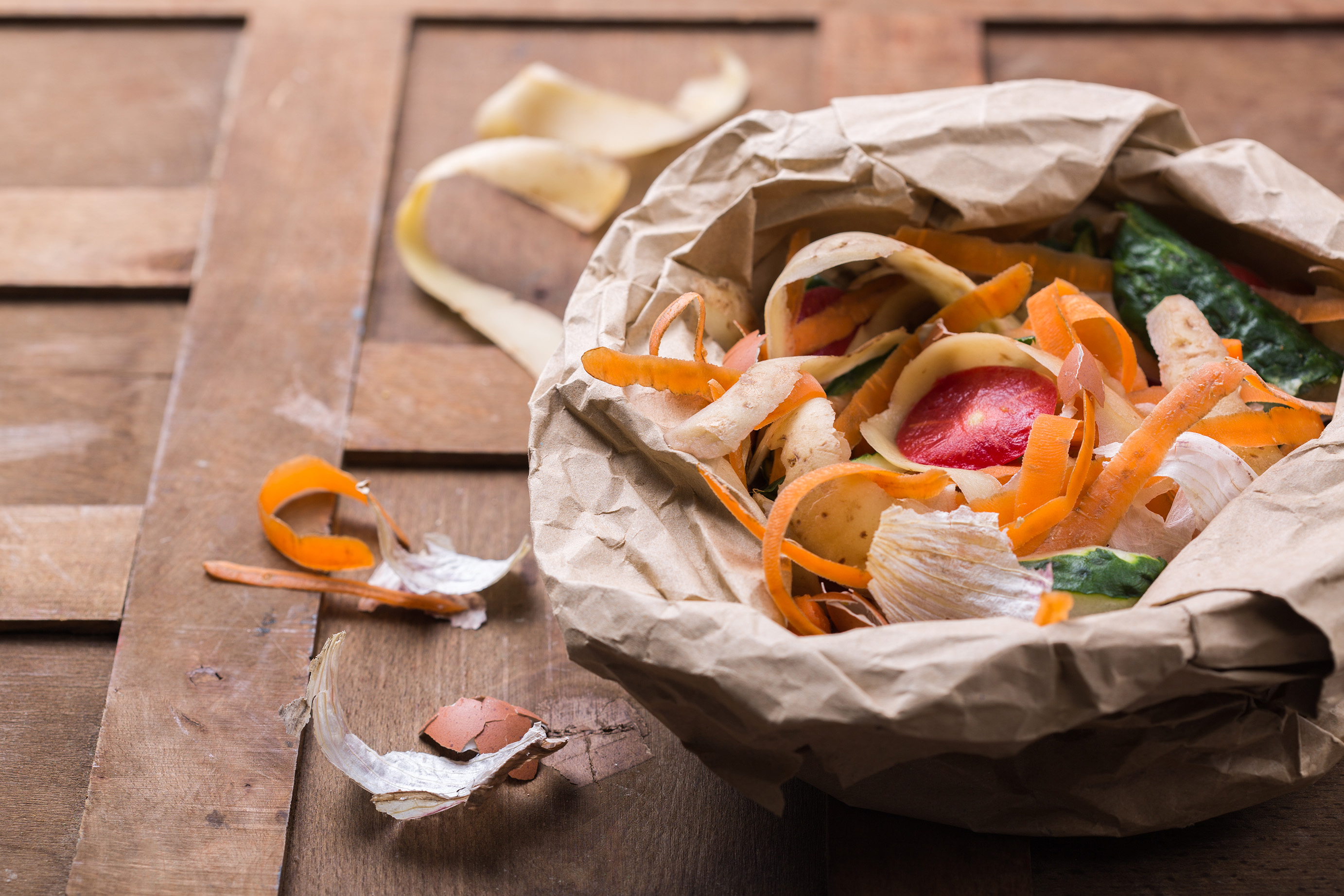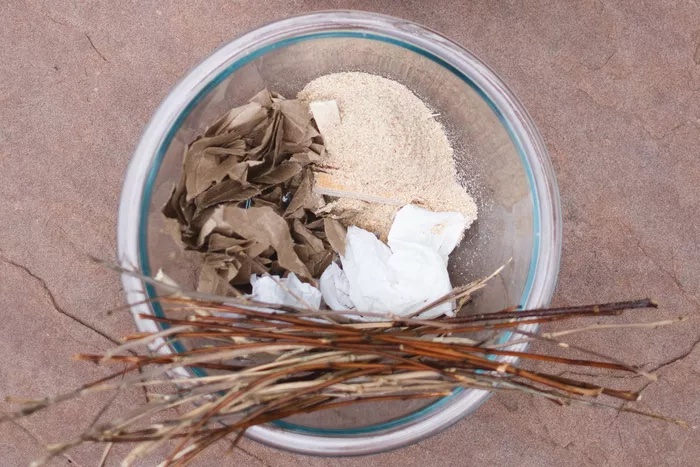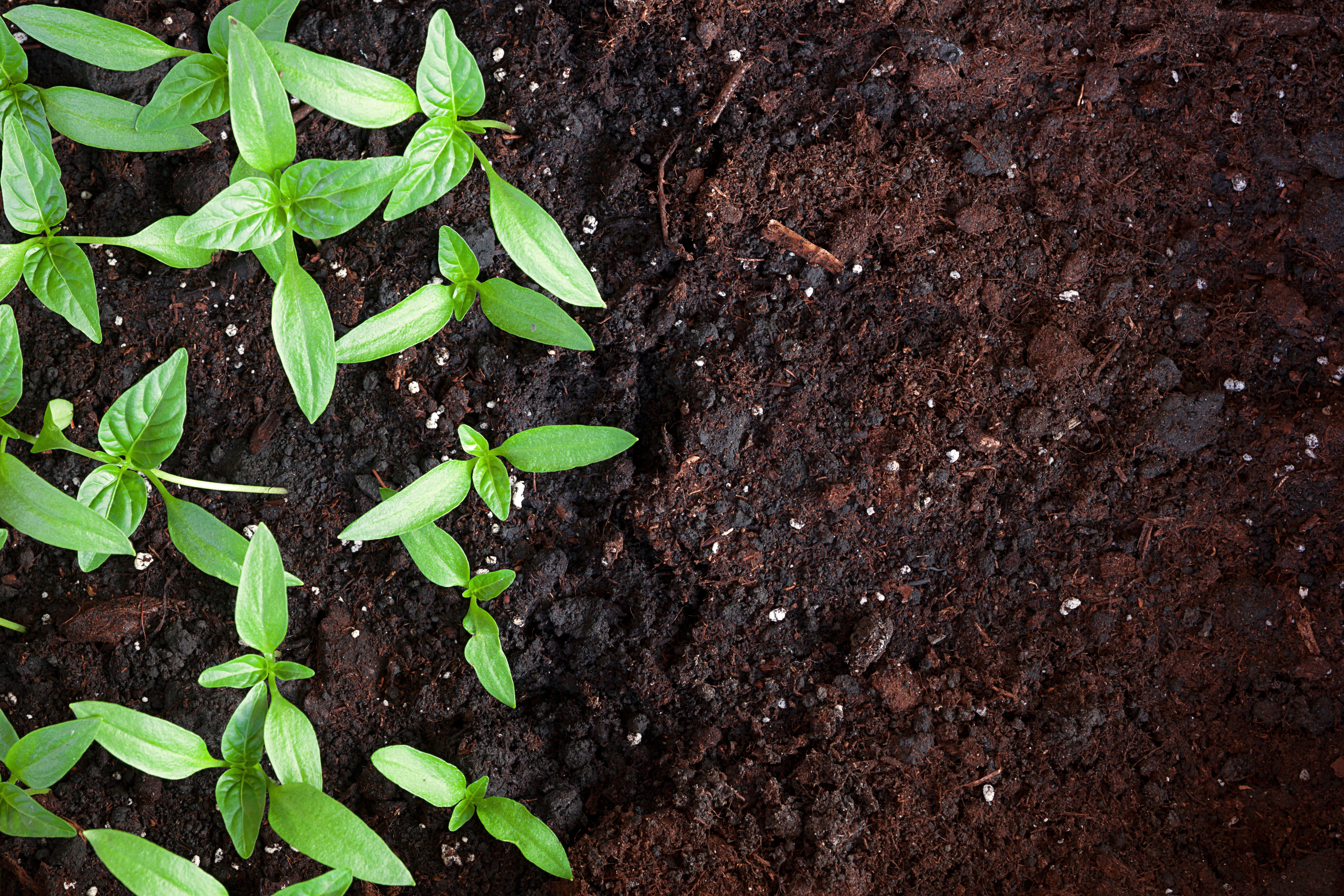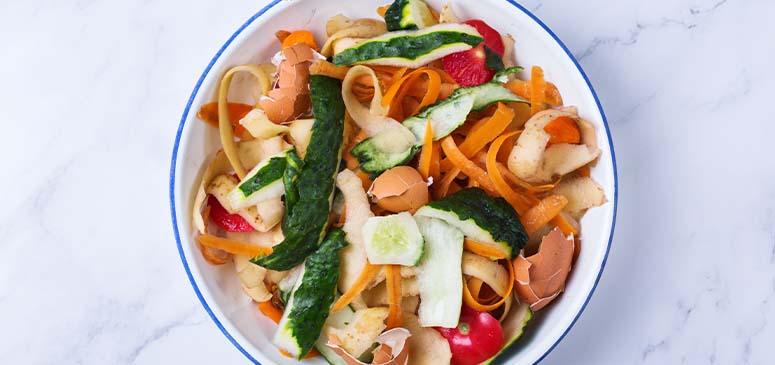Gardens need a lot of love to thrive. Want to know how to better care for your plants? Add compost! Composting is the process of putting different types of organic materials into a pile or container to promote the growth of beneficial bacteria which will turn the materials into a dark, nutrient-rich, soil-like product. If made and integrated properly into your landscaping, composting can help reduce storm water runoff from your property.
Adding compost to your soil increases the capacity of vegetated areas to retain water, and this in turn reduces rainfall runoff. When you supplement the soil, your plants will also grow faster and healthier because of the “good” bacteria, nutrients and the increased moisture that it will retain. Healthy plants with the right root system will help reduce the potential for sediment and nutrient rich runoff from discharging from your property and entering the storm drain system.
Some composting bins can cost hundreds of dollars, but did you know you can make your own composting system for just a few bucks? Here’s how to do it!
Things you’ll need:
• Bin or other large container
• Shovel
• Organic materials (food scraps, paper, leaves, etc.)
• Cutting tool (scissors or knife)
• Water
Green & Brown Material
Every composter needs some green material and brown material. For the perfect compost, the ratio of green material to brown material should be 50/50.
Green material includes things such as grass clippings, leaves, weeds, and kitchen scraps—like coffee, fruit cores or peels, eggshells, and vegetable cuttings. Most kitchen waste can be used as long as it is not meat or greasy.

Brown material includes things like paper, sawdust, small branches and twigs. If you add paper, be sure to shred it first to help it break down faster which prevents molding.

Photo by: Amy Jeanroy at The Spruce
Instructions:
1. Add all of your green and brown materials to a bin or container. It’s best to keep large composting bins outside as they can get messy! If you don’t have an outside area, you can keep a small composting bin inside. For easy access, keep your inside composting bin in your kitchen but use a lid to reduce odors and pests.
2. Once all of your materials have been placed into your bin or container, add some water. You want your pile to be damp, but not dripping. If your area gets a good amount of rainfall, you may not even need to water it! If it’s dry, dumping a bucket of water over it once a week should be enough to maintain the right amount of moisture.
3. Each week, turn your materials with a shovel. Move the outer portion of the pile to the inside and continue doing that until you can see the fresh compost. This will ensure the bacteria can reach all of the materials in the compost bin.
Once you see the fresh compost, you can take it and use it to feed your garden. Just place it over the soil around your plants and make sure that it is not in an area that will flush it off when it rains. Composting not only will help your garden to flourish, but it reduces the amount of waste that would normally be sent to the landfill. It’s a win-win and your plants will surely thank you!

Source:

